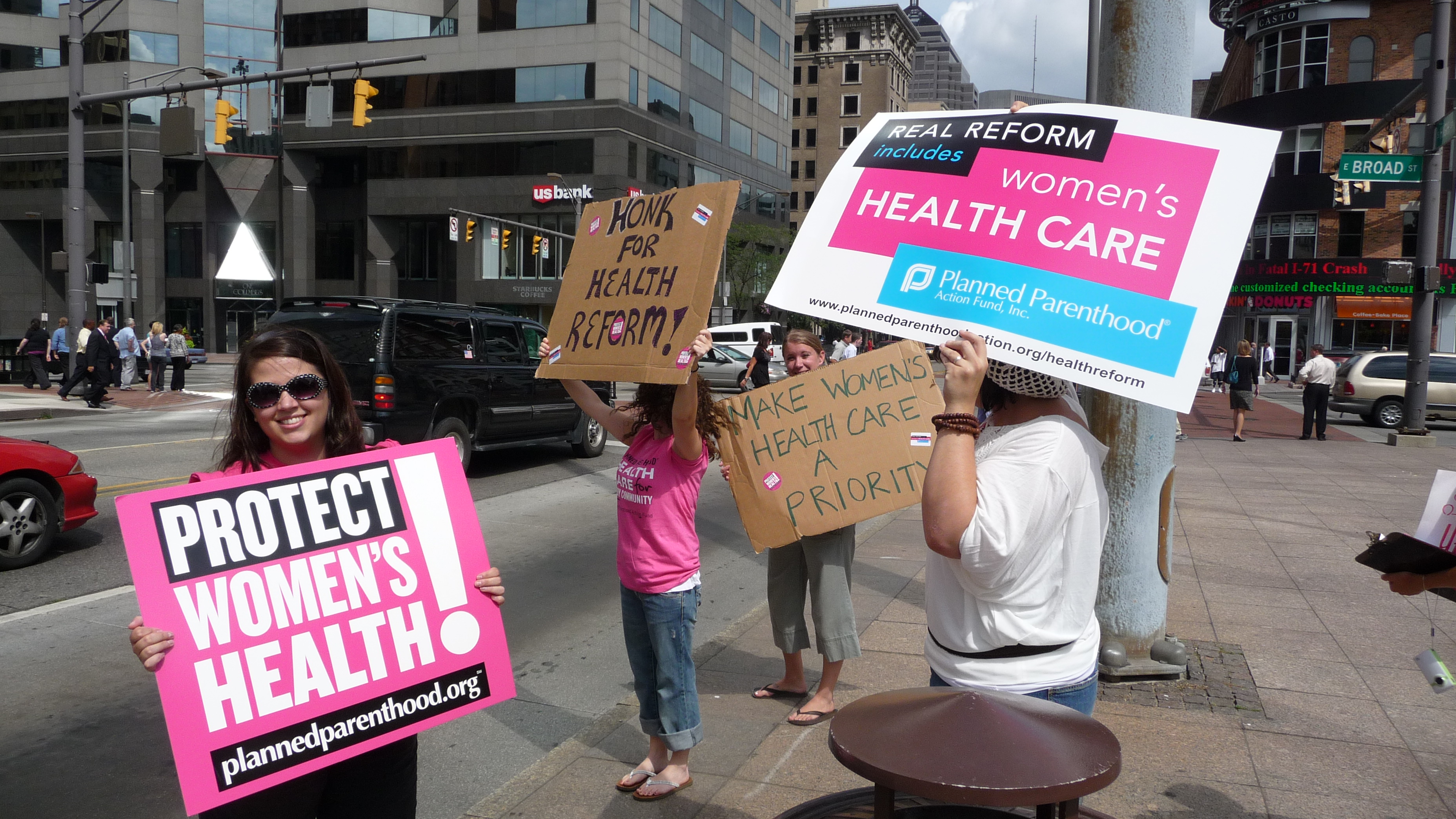The (unsexy) issue of data
When one talks about gender and security, people usually think of gender-based violence, feminicide or resolution 1325. We think of this problem with massive proportions. We have campaigns about it, there are networks on it, even groups on this very website dedicated to it. As it should, it is a serious matter that requires a complete paradigm change on how we develop gender roles and more specifically masculinities. But this is not a post on campaigns, this is a post on one of the many reasons why gender-based violence just seems to go through the cracks of security institutions.
This, as the title says, is a post about the unsexy topic of data. The unappealing part comes from not having so much attention as much of the specific issues related to VAW. Why does data matter when it comes to violence against women? Well, for that I will have to get into what are Violence Observatories.
You see, recently governments and organizations come up with the shocking revelation that sound data was the best way to design, monitor and evaluate public policies on citizen security (or Community Security and Social Cohesion if you´re not from the region). So, there was a need of institutions that would gather statistics from several government sources, compile those and generate analysis and diagnosis that could be comparable to other countries. Sounds pretty simple…
So why I am mentioning these regarding violence against women? The truth is that data is not unbiased. For once, the types of crimes that are compiled first, or more easily compiled are homicides, thefts and robberies. In this region (Latin America and the Caribbean), homicide is a crime that affect mainly young man and not always there are disaggregated data on thefts and robberies. The solutions to the problem of violence become very one-noted: more patrol on the streets, more man power in the police, programs with at risk young men, secure the streets… The help absolutely nothing if the violence comes from home. And the discussion and validation of these data tend to be very technical, very institutional and very male-oriented.
Don’t get me wrong, I’m not saying that there are no Observatories that monitor Violence against Women. What I am saying is that ALL Observatories of Violence should monitor violence against women and children; and elderly people… Or be clear as the VAW Observatories are, that they are only monitoring Violence against men. Violence is a matter that affects us all, but not in the same way.
Observatories usually reflect how the State is viewing the problem of violence. Data is a very telling on what is considered to be priority or simply what, in the end of the day, gets in as solid basis for a security strategy. So, if domestic violence, VAW or sexual violence are not counted, it is for the institutions that plan security priorities as if there wasn’t a problem.
So how can we change that? How do we breach the gap between what reality and what the institutions are counting? In a immediate timeframe we do what are called Victimization Surveys. Those surveys provide a estimate of problems that are not reaching the Public Security system. And it is a solid foundation to start changing institutions and designing policies that really take into account the potential risks for women and girls.
In the end, if we want to curb violence against women, we have to make changes in all aspects of security and security-related institutions and a place to start maybe improving how data on GBV is gathered and analyzed.
Posted originally at World Pulse on 11 September 2011.




